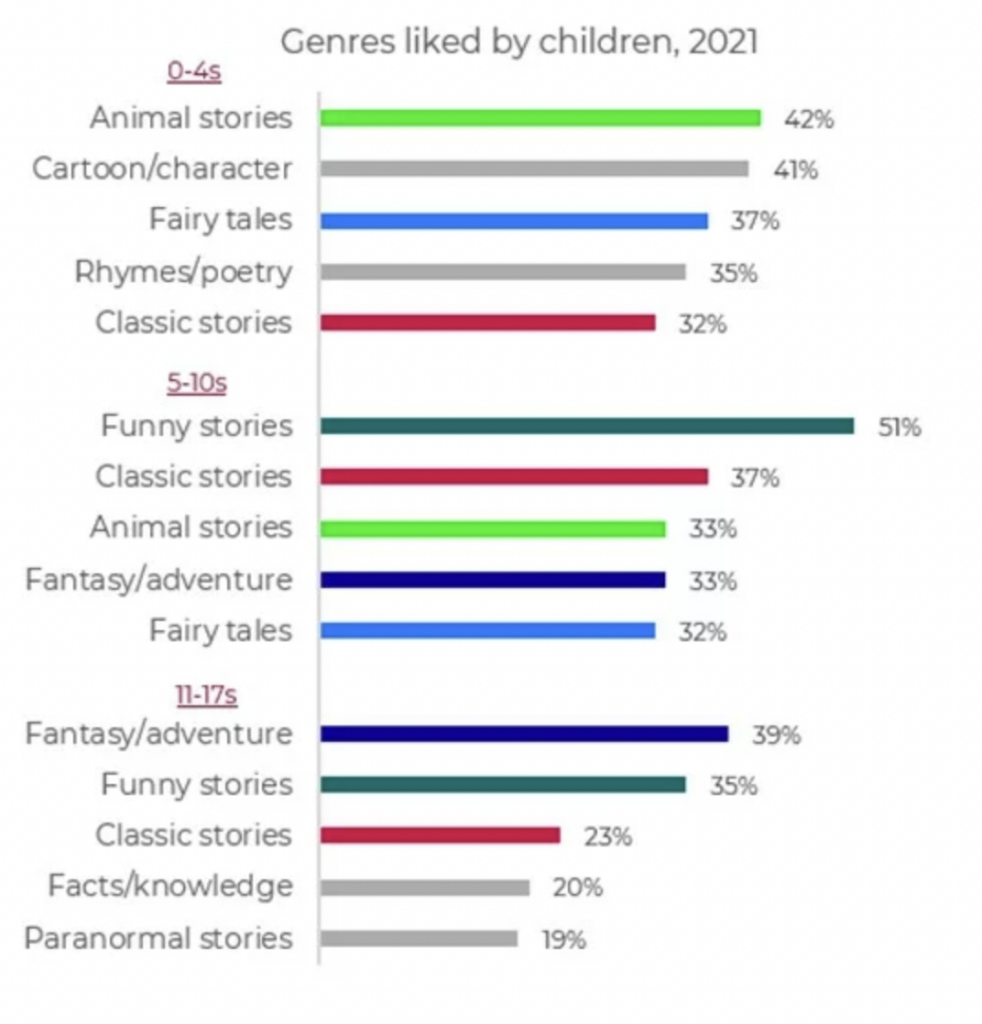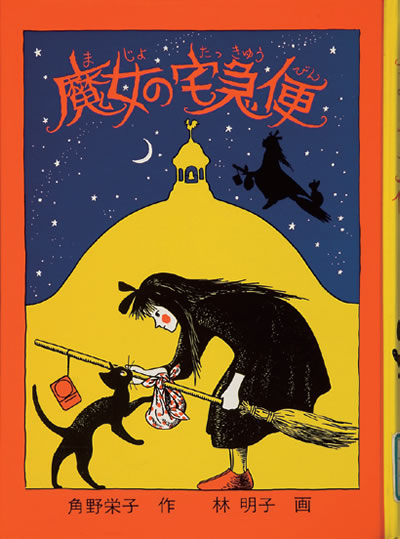Picture books and books intended for two- to three-year-olds often use talking animals as a way to show children agency and explain the transition from animal-like existence to that of a talking little human.
In books for children aged one to three, animal characters take on human roles and behaviors such as talking, cooking and eating at a table, going for walks, doing chores, putting on clothes, and using the potty. Children learn about human ways through the animal protagonists and can associate themselves with these characters.
By using animals as human stand-ins, children can better understand how to navigate and interact with the world around them. These books can also help to foster a love of reading and encourage children to see themselves as active participants in the stories they read.

Over time, children start to distinguish between humans and animals in literature. Animals, which were once main characters, eventually become supporting characters and stop talking altogether. According to statistics collected by Nielsen Book Data in 2021, young children aged zero to four years old show great interest in animal stories, but this interest gradually fades as they grow older. Five to ten-year-olds rank animal stories as their fourth favorite type of story, while eleven to sixteen-year-olds are not interested in animal stories at all.
The Japanese popular fiction book Majo no Takkyubin (Kiki’s Delivery Service) addresses this issue by introducing a character named Jiji, who is a witch’s cat. When the witch, Kiki, was young, she could communicate with Jiji, but by the end of the book, she discovers she can no longer hear his words. As Kiki grows older, the communication channel with her animal friend closes. This represents the natural progression of a child’s mind as it transitions from a world where animals can talk to the real world where they cannot.
Another interesting observation in children’s literature is the coexistence of talking and non-talking animals in the same book. In a fantasy world, for example, there may be talking animal characters alongside the animals that are used as food. This does not typically create a moral dilemma for young readers, as they do not yet associate food with real-life animals until they reach a certain age.
However, a talking animal character is usually perceived as younger than the main human character, and is often used as a tool for social and moral education. Children often like to read stories about characters who are slightly older than themselves, so a talking animal character can bridge the gap between the reader’s current age and their younger self. This is particularly evident in books for younger children, where talking animal characters take on human-like behavior and provide valuable lessons on topics like sharing and being kind to others.
